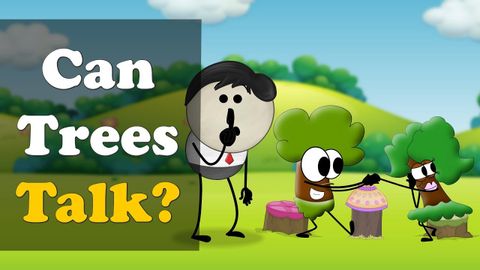
Subtitles & vocabulary
Can Trees Talk? | #aumsum
00
AumSum posted on 2019/04/08Save
Video vocabulary
present
US /ˈprɛznt/
・
UK /'preznt/
- Adjective
- Being in attendance; being there; having turned up
- Being in a particular place; existing or occurring now.
- Noun
- Gift
- Verb tense indicating an action is happening now
A1TOEIC
More properly
US /ˈprɑːpərli/
・
UK /ˈprɔpəlɪ/
- Adverb
- In an appropriate or correct manner
- In a way that is suitable or appropriate.
A2
More sensation
US /sɛnˈseʃən/
・
UK /sen'seɪʃn/
- Noun
- (Person) attracting the interest of many people
- Mental feeling caused by a previous experience
B1
More Use Energy
Unlock All Vocabulary
Unlock pronunciation, explanations, and filters
